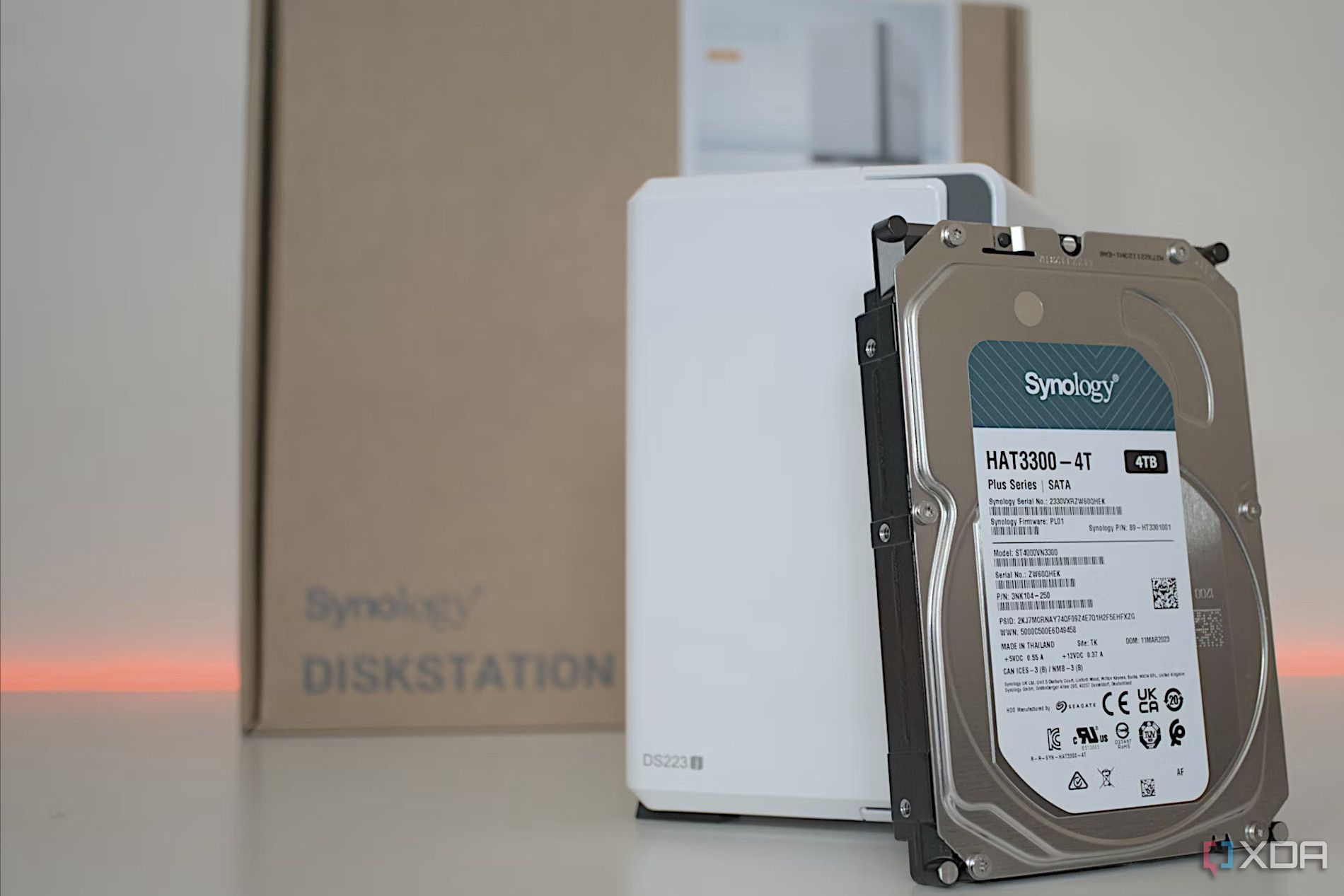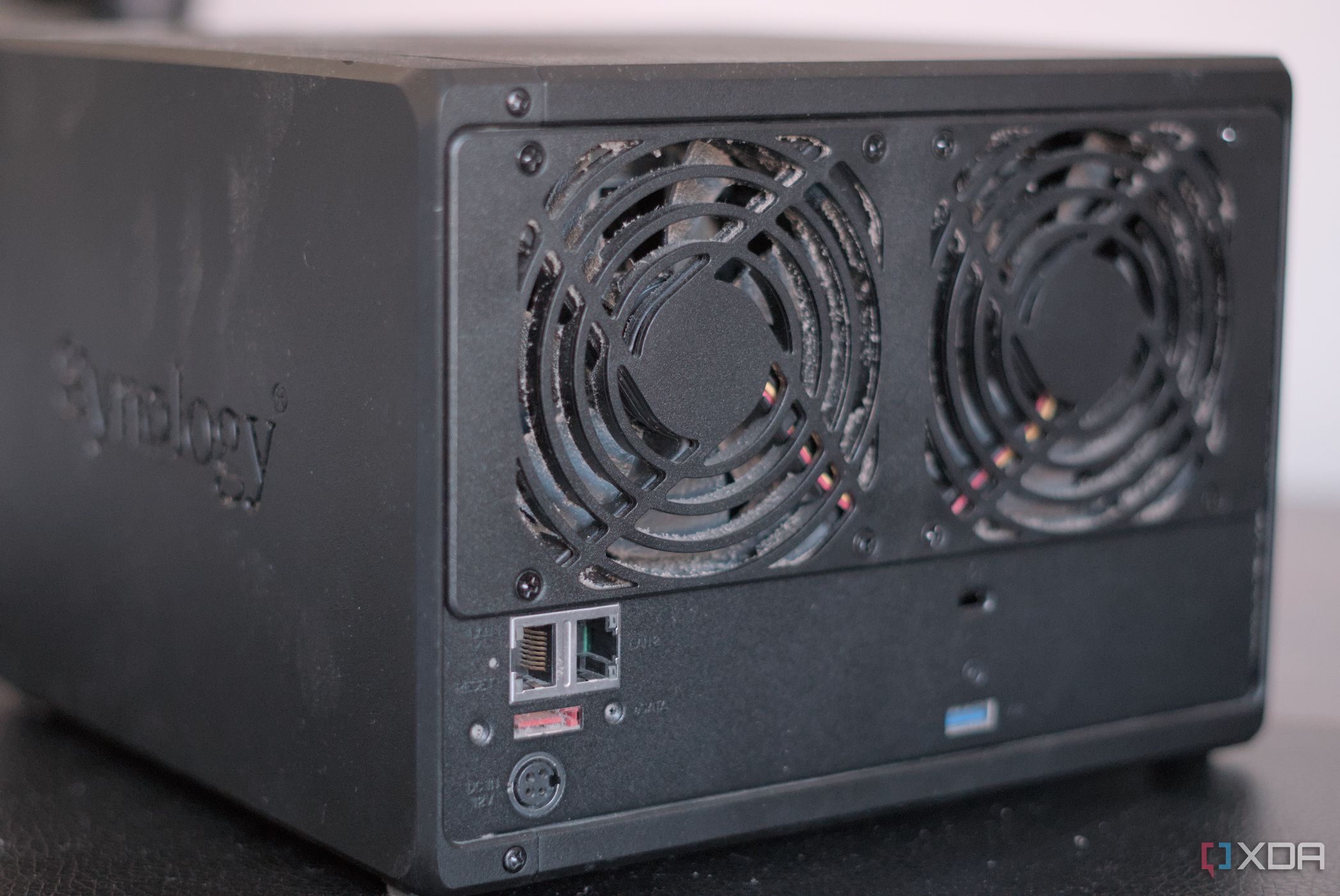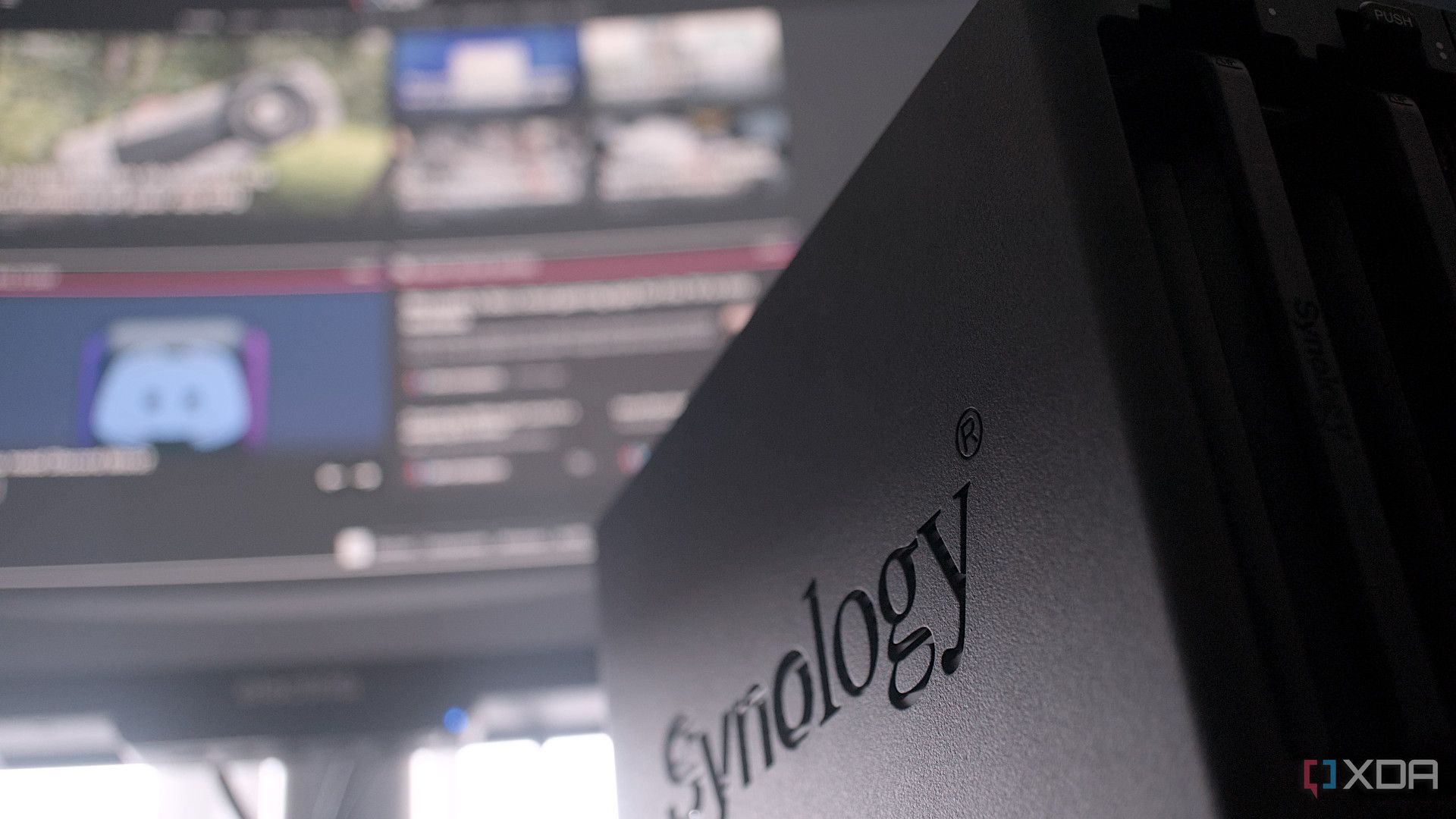Synology has long been the undisputed king of turnkey network-attached storage (NAS) enclosures. If you asked someone what they’d recommend you purchase as a first NAS, there’s a good chance it would be from Synology’s catalog, but this could be set to change, especially for enthusiasts. The company has been making moves that don’t fully align with maintaining a healthy enthusiast base, causing many to wonder what’s going on and even jump ship to other brands or go the DIY route. Here are some signs Synology has slightly lost touch.
4
Synology is likely losing enthusiasts
More to be made with cloud and enterprise
Enthusiasts have already begun to look elsewhere, at least outside the Synology ecosystem. A few years back, I would only recommend Synology NAS. They had the best OS, some great apps, killer support, and excellent hardware. Competition has heated up as the market continues to grow and more people look to self-host from home. Synology is no longer the market leader, at least in terms of features and the DSM operating system. Even TerraMaster has caught up and now offers a compelling package with full support for alternative software to be installed.
As hardware continues to become more expensive over time, enthusiasts will consider moving elsewhere or building their own systems for home lab deployment. Synology has replaced its J series NAS with the new Bee units, and they’re great for beginners, but they’re also more restricted compared to other affordable NAS running DSM. Whereas before, when the entire range of NAS ran the same OS and it was merely the specs that would separate model families, Synology is seemingly working on separating its customer base into groups with a partitioned catalog.
Cloud continues to dominate and is quickly encroaching on Synology’s SMB offerings. BeeStation is a means to create your own cloud, acting like a strange hybrid between third-party cloud-based storage and on-premises NAS.

Related
4 reasons I regret buying a Synology NAS instead of building one myself
Regret buying a branded NAS? You’re not alone. Here’s why a prebuilt NAS may have made more sense.
3
Not keeping up with competitors
Late to the 2.5Gb game
Synology is very much the Apple and Nintendo of the NAS world, offering premium enclosures at premium prices. For maximum value, you’ll need to look elsewhere, namely, TerraMaster. But what Synology does bring to the table with these increased MSRPs is better hardware, software (DSM remains one of the best OS offerings), and support. Like Apple, Synology wants you to purchase a NAS, set it up, and crack on with zero issues. While there will be times when problems arise due to faulty drives or some other unforeseen issue, they are usually few and far between.
This also has the caveat of Synology taking longer to remain on the frontline for specifications. It’s only with the latest DiskStation DS925+ that we are seeing the company take networking seriously with the inclusion of 2.5Gb links. Usually, Synology NAS will only offer 1Gb ports, limiting bandwidth between the NAS and the LAN — something that again mostly affects enthusiasts.

Related
It’s great that Synology is finally catching up on specs
The DiskStation DS925+ was overshadowed by the move that Synology will prioritize support for its own branded drives for now. While that did deter some from looking at this new NAS for 2025, I was pleased to see the company actually upgraded more than what first appeared, most notably the networking. We’re finally seeing 2.5Gb ports on Synology hardware!
2
Prioritizing margins over communication
You’re doing what with our drives?
You’ve likely seen the news about the move to prioritize certifying its drives for use in specific new NAS models. A manufacturer like Synology will certify specific drives after rigorous testing to ensure they work as intended. This is both costly and time-consuming, and there’s no guarantee the consumer will have a good experience. That would be my guess as to the reasoning behind Synology’s move here, which focuses on pushing its branded hardware. The company can likely offset the costs of supporting customers with potential issues by selling more Synology-branded drives.
This isn’t great news for you or me, who prefer to use Seagate, Western Digital, or some other server-grade storage drive for our NAS enclosures, but I can’t see Synology completely leaving out third-party drives for the new Plus range of hardware. It may be slower to add them to the list of approved drives, but I’m sure we’ll get there eventually, which leads me to Synology prioritizing margins over communication. Once reports surfaced, Synology should have released a statement clearly outlining plans and reasoning behind this decision — it’s not like enthusiast customers wouldn’t understand.
For those who wish to use unsupported drives with a Synology NAS, there is a handy workaround that works for DSM 6.2, DSM 7, and DSM 7.2.

Related
I’ve tried many NAS brands, but I keep coming back to Synology — here’s why
There’s no place like a Synology home…
1
Leaving first-party apps in the dust
Still waiting for updates…
I don’t believe Synology is purposefully leaving its first-party apps to rot without development on purpose, at least not because it wants to. You’ve seen guide after guide here at XDA on self-hosting just about everything from home surveillance to media streaming. All of these guides have one thing in common: the use of Docker containers. They are all usually open-source and developed by a bustling community, something Synology has to compete against with its own apps, since anyone can install a Docker container on a Synology NAS — Synology even has a container manager app.
This has the unfortunate consequence of Synology considering whether it’s worth continuing R&D on apps that people will likely leave behind for open-source alternatives, which can often offer better features and performance. This won’t affect anyone who uses containers to launch their apps and services, but those who rely on Synology’s App Center will suffer with older offerings that aren’t updated anywhere near as frequently as before (or as required to keep them on par with alternatives).

Related
My Synology NAS became a home lab centerpiece with these 7 Docker containers
Synology’s NAS can be transformed with a few Docker containers.
Synology remains a top NAS brand
Even with all these issues, Synology remains a top NAS brand for prebuilt enclosures. If you already own one and it’s working perfectly fine, there’s no harm in continuing. Install Container Manager and run some Docker containers to make it a more versatile hub for your home. The same goes for buying a new Synology NAS. All of its enclosures are worth considering if you want a streamlined experience with a robust NAS OS and plenty of guides available. How Synology moves forward is yet to be seen, but it would be a shame for it to pivot to business.












